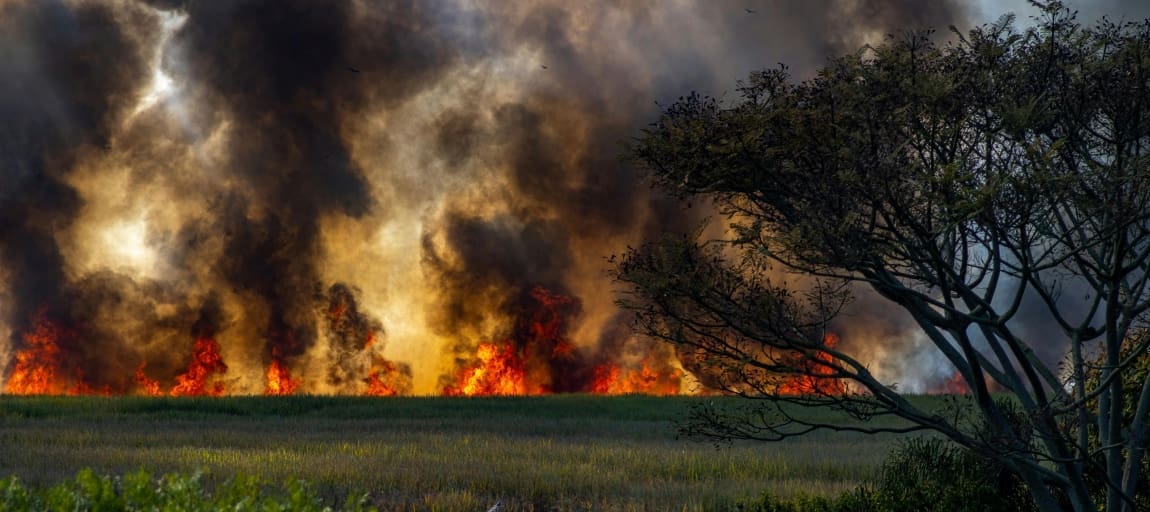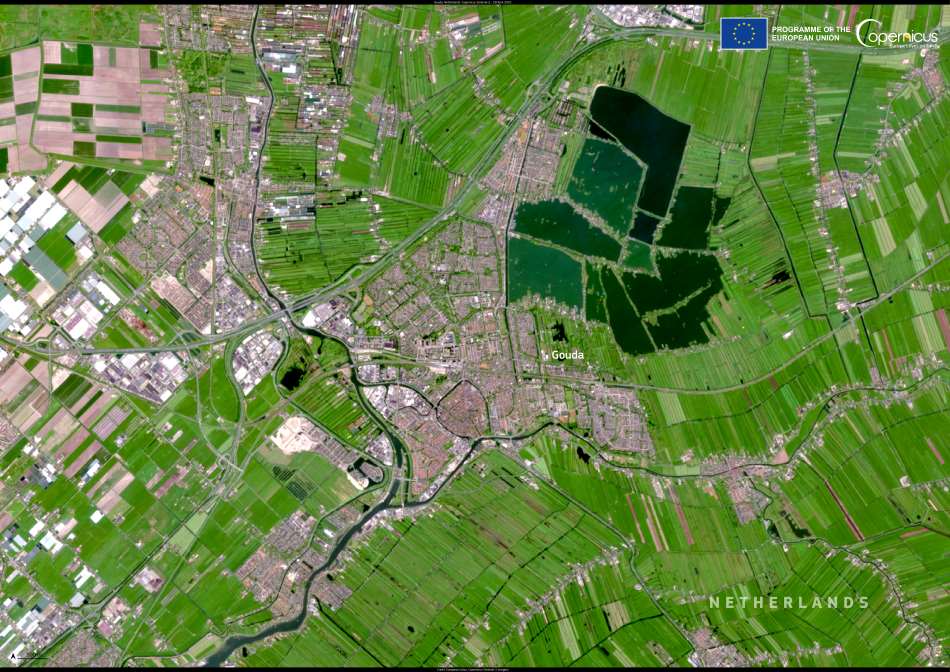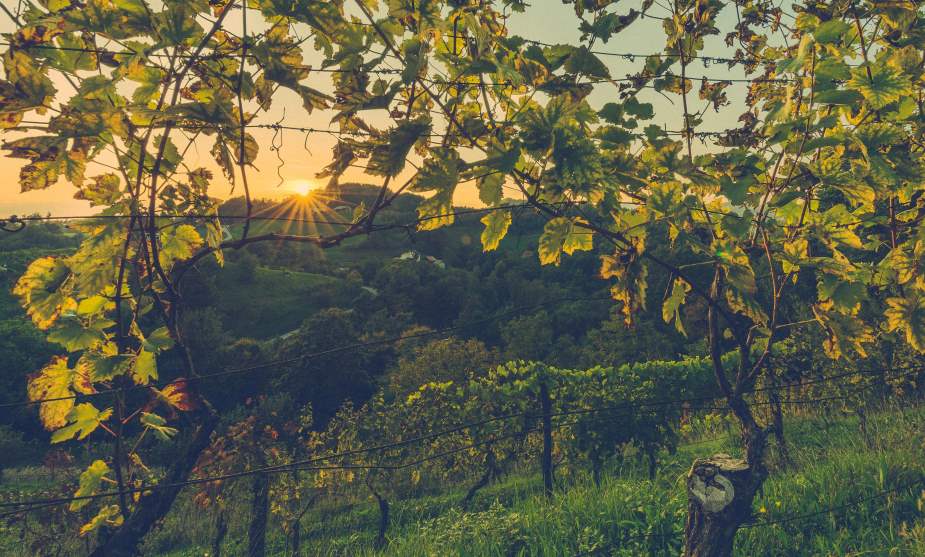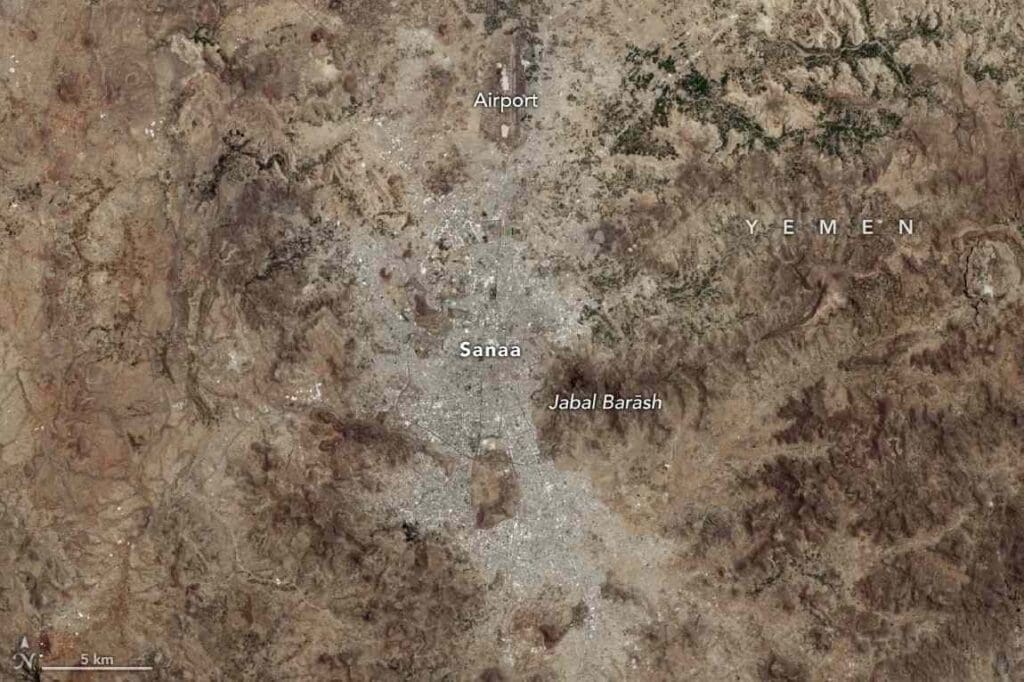With wildfires becoming more frequent and extensive in Canada, it’s important for people to understand the health risks of wildfire smoke. An article in CMAJ (Canadian Medical Association Journal) aims to provide information for clinicians and people in Canada as wildfire season is upon us.
“As climate change causes more frequent and severe wildfires, wildfire smoke becomes a larger health problem,” says Dr. Mehdi Aloosh, assistant professor, Health Research Methods, Evidence, and Impact, McMaster University, Hamilton, and medical officer of health of Windsor–Essex County, Ontario. “Communities need to be aware and prepared to reduce the harmful health effects of wildfire smoke, and health care practitioners play a crucial role in this effort.”
Five things to know:
- Exposure to wildfire smoke is linked to negative health outcomes, including respiratory conditions, such as asthma, and heart issues.
- Wildfire smoke can be more toxic than other types of air pollution. The fine particulates in wildfire smoke can travel more than 1000 km, enter the body, generate free radicals, and cause inflammation in body organs.
- The Air Quality Health Index (AQHI) is a useful tool to communicate risk of wildfire smoke. The AQHI scale measures air quality on a scale of 1–10, and a level of more than 7 indicates that at-risk people, including those with respiratory and chronic diseases, older adults, pregnant people, and children, should minimize time spent outdoors in strenuous activity.
- Health care providers can help people understand health risks. Clinicians should discuss the risks of wildfire smoke with at-risk patients, the usefulness of the AQHI, and the value of indoor air filtration, and ensure patients with respiratory conditions have updated action plans and an adequate supply of medications.
- Reducing exposure will reduce health risks. Staying indoors and using high-efficiency particulate air cleaners, and when outside wearing well-fitted N95 or KN95 masks can reduce exposure to fine particles by more than 90%.
More information: Elaheh Ghodsi, Mehdi Aloosh, Wildfire smoke, CMAJ (2024; vol. 196, Iss 23); DOI: 10.1503/cmaj.240135. Featured image credit: Alexandre P. Junior | Pexels




